

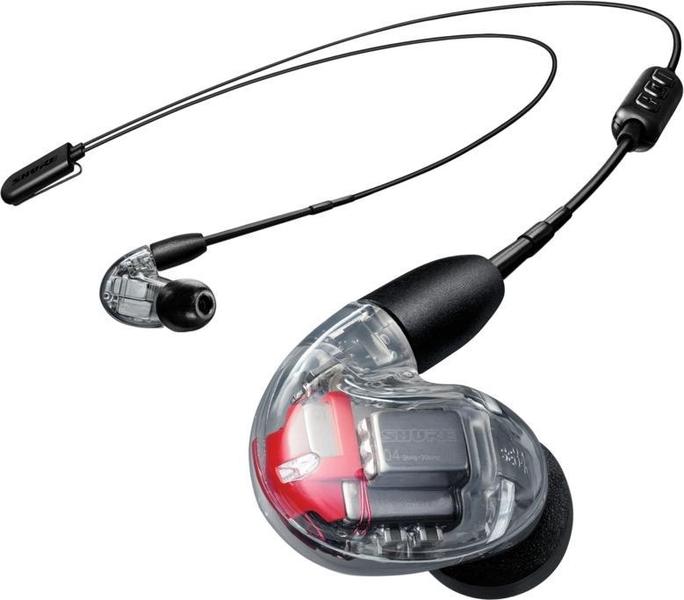








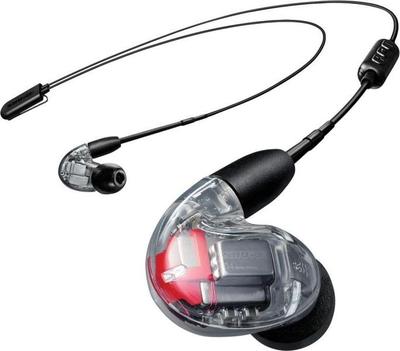
| Schwach | Durchschnitt | Gut | Exzellent | |
|---|---|---|---|---|
36 Ω Am besten: Stax SR-L500 Impedanz: 145000 Ω | ||||
36 g Am besten: Cyber Acoustics ACM-7002 Gewicht: 0,11 g | ||||





| Tonausgabe | Stereo |
|---|---|
| Stil | Im Ohr |
| Konnektivitätstechnologie | Kabelgebunden und drahtlos |
| Headset (integriertes / beiliegendes Mikrofon) | Nein |
| Gewicht | 36.0 g |
|---|
| Mikrofontyp | Inline-Mikrofon |
|---|
| Geräuschunterdrückung | Ja |
|---|---|
| Tasten | Volumen |
| Tragetasche | Ja |
| Farbe des Produkts |
|
|---|---|
| Akustisches Design | Geschlossen |
| Art des Anhangs | Gehörgang |
| Körpermaterial | Rostfreier Stahl |
| Kategorie | Studio |
| Geräuschisolierung | Ja |
| Impedanz | 36.0 Ω |
|---|---|
| Empfindlichkeit | < 114 |
| Frequenzbereich | 15 - 20000 |
| Treibertechnologie | Ausgewogen |
| Eingaben unterstützt | 3,5 mm |
|---|---|
| Kabellänge | 1.62 m |
| 3,5 mm / 6,3 mm Adapter enthalten | Ja |
| Bluetooth-Version | 4.1 |
| Kabellose Verbindung | Bluetooth |
| Funkreichweite | 10.0 m |
| Steckertyp | 3,5 mm |
| USB | Nein |
| Abnehmbares Kabel | Ja |
| Batteriebetrieben | Nein |
|---|---|
| Batterielebensdauer | 8.0 h |

High-end generics aren’t the poor cousin of custom moulds anymore, as Shure innovates in the smallest of spaces. Review: Mark Davie Shure has been [...]Read More...
Performance Build Quality Comfort Value
The Shure SE846 is for listeners who appreciate quality extensive bass response. Good noise isolation and fit, removable MMCX cables.
Shelling out $1,000 for earphones might sound like a lot -- even crazy -- but trust us, Shure's new in-ear headphones are worth your paycheck.
I’ve recently reviewed two $99 in-ear headphone offerings, from Sennheiser and Shure, that brought lots of bang for the relatively affordable buck. Now it’s time to bring out the big guns. If you’ve been keeping up with my headphone reviews, you can probably guess I’m somewhat an audiophile. This means that when I wanted to know how well flagship earphones perform, I dived in.Sennheiser and Shure are two of my favorite headphone manufacturers, and both of their top-of-the-line earphones launched at a blistering $1,000. If you’re floored by that fact, welcome to the world of high-end In-Ear Monitors (IEMs). My obsession/curiosity has eventually led me to own both the IE 800 and SE846 (I know I’m crazy, you don’t have to tell me). So I saw a rare opportunity to do a head-on review, of both at the same time!There’s a reason why I have both. Sennheiser and Shure take completely different approaches to earphones. These guys might as well be arch-rivals. The design, technology, and sound they've gone with couldn’t be more different, which makes them both excel in different ways. Let’s get into what makes these top-dollar earphones tick, and which pair you should leap into if your curiosity also gets the best of you! Design I wasn't kidding when I said that the Sennheiser IE 800 and Shure SE846 couldn't be more different. Just take a look at them side-by-side.The size, shape, materials, audio driver technology, and even how you wear them are completely on different ends of the spectrum. It's really interesting to me that both of these companies are aiming at perfection, but they don't converge on any design aspect at all. The sound output is also just as different, but we'll get to that later in the review.The IE 800's earpiece is built out of an unconventional ceramic housing. A glossy finish is laid on the material, to give it a shiny, expensive appearance and feel. I would say that out of the two, the IE 800 is more subtle about its lavish upbringing. It is small and black - a description for most earphones on the market. Although, a design feature you won't find on any other earphone is bass ports protruding from the back of the earpiece.The chassis smoothly tapers down to these two tiny holes, which are meant to equalize the pressure buildup from the bass output in your ear canal with the outside. The IE 800 produce among the deepest bass reproduction I've heard, and a large part of that is thanks to these bass ports. In case you're wondering about sound leak, you won't hear any audio escape from these tiny openings.Now, Shure on the other hand went with a less refined approach. The SE846 follows its legacy pod design language, only with the extra technology crammed in. With Shure, it's all about what's under the hood. A good analogy is to think of the Shure earphone as a muscle car and the Sennheiser as a sophisticated german sports car, which is actually totally appropriate, because Shure is in fact an American brand while Sennheiser is a German company.Therefore, the SE846's chassis is merely plastic. But that in no ways means that it's inferior build-wise, it's as durable as they come. The feel just doesn't back the exorbitant price tag. However, Shure does somewhat sidestep that fact by making the earpiece transparent and showing you exactly what your money bought you - technology.The reason the SE846's earpiece is so much bigger than the IE 800 is because it utilizes four audio drivers (per earpiece). That is, four Balanced Armature (BA) drivers in tandem, each assigned to their own frequency range and output in sync (without conflict). The clear earpiece lets you see the arrangement of micro drivers. If your eyes are good enough, you can even see the laser-etched labeling on each component. It's unique and pretty darn neat to look at.In contrast, the IE 800 only uses one driver, based on more conventional dynamic driver technology. But with that said, there's nothing conventional about the way that Sennheiser produced it. Despite being tiny (only 7mm), it has an extra wide band (XWB) transducer, capable of an insane frequency response range of 8 - 41,000 Hz. I won't get into the BA vs. Dynamic Driver discussion here, but just be aware that they excel at different aspects in the sound. Many high-end earphone manufacturers have moved on to BA drivers (some even packing 12 drivers per earpiece), but Sennheiser is sticking to its roots and proclaiming that the dynamic driver produces the truest sound.Pulling out the eartips reveals more design differences. The SE846 have slender, metal nozzles, while the outlets on the IE 800 are stubbier and wider.The IE 800 has a metal mesh screen to come between your earwax and the internals. The SE846 doesn't have a protective mesh on the nozzle (maybe because it's so thin), but Shure did put it on the eartip.There is an interesting feature within the SE846's nozzle. Shure incorporated a filter system, which allows the user to do a hardware tweak of the sound signature.It's pretty easy to do. The SE846's packaging includes a key tool for twisting off the nozzle cap. When you pull the nozzle out, you'll see the colored filter sitting in there. There are three different sets of filters to choose from. Each filter has a differing density of foam, which blocks or allows a certain frequency range (1 kHz to 8 kHz) to pass through, by 2.5 dB. The effect is either a brighter (more treble) or warmer (less treble) sound.The change affects bass by perception. When the treble is recessed, bass is more prominent, and vice versa. It's certainly fun to play around with the different sounds, and discover what your ears like best. The stock filter (blue) is neutral - no alteration to Shure's sound.The differences between these two earphones continue down the cables. The IE 800 has a slender, pure copper cable, reinforced by a woven kevlar (41" in total length; 10" from earpiece to y-splitter). I think it looks sleek, and the small footprint (together with the tiny earpieces) makes it feel like there's barely anything in your pocket. The SE846 on the other hand are made of nickle-plated copper and have a slightly thicker, clear cable. It's a less refined feel, but solid.A notable mention about Shure's design is that the cable is removable. It uses a MMCX connector standard, which means that you can pop the earpiece right off.This capability opens the doors to third-party cables. For instance, if you wanted different materials or lengths (Shure actually included two stock cables in the packaging - one at 46" and the other at 64" in total length; 16" from the y-splitter). But probably the most important thing is if your cable fails, that doesn't mean that your earphones are done for.The cable on the IE 800 aren't removable at the earpiece, but rather, on the y-splitter (via a 2.5mm jack). Despite Sennheiser's previous flagship being detachable (the IE 80), the manufacturer forwent the feature with the IE 800. But at least, with respect to cable failure, there's redundancy from being a two-part cable.I think the only thing the same about these two earphones is that their 3.5mm jacks are both right-angled.Usability The SE846's cable curves from the earpiece by design (via a stiff, memory shrink-wrapping). It's meant to route around the ear. The IE 800 on the other hand is the more traditional just stick in and you're done. This totally comes down to user preference, but there are definite pros and cons. Resting the cable around your ears tremendously helps microphonics (noise from the cable rubbing on you). However, it's much easier to don/doff the earpiece by just sticking it in and letting the cable fall. I prefer the latter, but have come to appreciate the around-ear method over time. The fit is more secure, as pulling down the cable pulls on your ear rather than the earpiece.I will say that Shure does need to work on its cable ergonomics. The thicker shrink-wrapping that maintains the hook shape is pretty darn stiff, so instead of snugly hugging your ear, it springs up when fitted. The stiffness does loosen up over time, but never to my satisfaction. I ended up buying a thinner, third-party cable.When talking about earphones, eartips are a hot topic. Both fit and seal are of the utmost importance, or else you won't have the intended enjoyment. Additionally, eartip material plays a part in how the sound comes through. For instance, while foam tips isolate better than silicone, they can dampen bass.The IE 800 comes with a variety of silicone tip sizes. There are also two differing shapes among those - circular and oval. Sennheiser is confident that your ear canal will find one that it likes. It took some playing around for me to determine a suitable shape. While the tips are flexible, they're firm, so you'll get a push-back if the tip can't go any further (the earpiece is tiny, so it can go pretty deep in the ear). While the seal is maintained during light movement, it does come out pretty easily. I wouldn't recommend the IE 800 for exercising; only if you stay put for the most part.Shure includes both foam and silicone tips in the SE846's packaging. Its signature "Olives" are installed out of the box. I'm torn between them. They isolate really well (and last longer than any other foam tip I've used), but they sound slightly muffled compared to the silicone tips. That's the trade-off I talked about. However, it's nice to have the choice. I use the silicone tips regularly and switch to foam in noisy environments.I must mention that because the IE 800 has such a short nozzle, the tips are a proprietary design. There's a thin grove on the nozzle that the tip's internal lining has to match up to, for a secure fit. Therefore, the success rate with a third-party eartip (Comply foam tips, for instance) will be low to none. Sound *For my listening, I use the LG V10 (HiFi SABRE 9018 DAC setting) and Tidal HiFi music samples.Before I get into the audio details, there's a little background story that I feel is relevant to the experience with these earphones. When I tried them, I had no intention to own both. But I didn’t expect the decision on which to be so hard to make. What's crazy is that they both excel in different ways; actually, they have what each other is missing (I’ll get to this shortly). But the exorbitant price tags meant I could only pick one. I went with the SE846, because it was closer to my preferred sound signature.Only, after time went by, I couldn’t stop thinking about the IE 800. Elements in its performance are just unforgettable. So despite the impracticality, I saved up and bought it. Now, I switch between them almost daily and couldn't be more happy. They bring very different experiences to the same music.So let’s go over what I’m specifically going on about. The two things that won me over on the SE846 were the mids (mid-range frequencies) and the bass output from Shure’s uniquely designed low-pass filter.Shure is known for giving special attention to the mid-range frequencies (vocals, guitar strums). Pushing them forward gives a satisfying fullness and lushness to the overall experience. It’s more engaging and vocalists sound so realistic and present, giving off a moving and intimate feel.The low-pass filter adds another level of depth, that earphones haven’t achieved before - a subwoofer-like reproduction to the bass. Shure created a special acoustic pathway that gets triggered from 75 Hz (upper sub-bass to mid-bass range), made out of tiny welded plates with differing cutouts. It simuates the subwoofer roll-off effect (rumble), and you bet it works! I listen to quite a bit of Rock music and this is how the SE846 initally won me over.I would say that the treble range is not Shure’s strong suit. Not saying that it’s not detailed or articulated well (it better be at this price-point!), but the presence and reach could be refined. It’s a consensus with SE846 users that the upper-end of the treble drops off; not extending as far as it should (i.e. sparkle on high-pitched instruments). I also find it a tad too recessed, but fortunately the filter system allows you to tweak that.What’s interesting is that the IE 800’s strengths and weaknesses are almost completely opposite. The treble detail is what hit me off the bat; the IE 800 brings it all forward. It’s amazing. You hear things in music that you've never noticed before. Usually, it takes experience to gain a fine-tuned ear to notice these kind of details. But Sennheiser says "Screw that" and makes it loud and clear. I kinda thought in my first impression that the reproduction was artificial; it’s just hard to believe.Next is that beautiful low-end bass response. Where the SE846 largely excels at mid-bass (80 - 150 Hz range), the IE 800 brings the best sub-bass I've heard (0 - 80 Hz). Sub-bass is comprised of both hearing and feeling, and the IE 800 completely nails it. It's quite unbelievable that these tiny earpieces can do that.Everything about the sub-bass is exquisite (definition, depth, and impact). When the music calls for it, the extension reaches deep into your skull. Now, I’m not talking about boomy, "Beats" kind of bass. Sennheiser has delicacy in its presentation. It's silky smooth and delicious - where bass is something to savor, not indulge in. The bass ports must be what allows the bass to reach this depth (or else I think the pressure in your ear canal would induce a headache).But the mids aren’t as strong/impactful as on the SE846. I wouldn't call them recessed; the IE 800's sound signature is very balanced. It's just, when you hear the SE846's fullness, it can feel like something's missing in other headphones. I eventually managed to look past that; not calling one better but embracing the differing excellence that they offer.Lastly, regarding soundstage (the acoustic spacing that the earphones simulate), I would give the win to the IE 800. While the SE846 covers a wide space (outward from your ears), the IE 800’s audio better simulates a 3D space around your head. This gives the IE 800 an advantage with imaging (placement of instruments in that virtual space). Both do it well, but the IE 800 has an extra level of depth. Final ThoughtsWhen you plainly look at the stark size differences between these two earphones, it's quite remarkable that they can compete. Shure goes with brute force and power, while Sennheiser keeps true to its finesse and technological expertise. I love those two approaches equally, so I found myself torn right down the middle. If you ever get the chance to try them, don't turn it down. It's amazing and exciting where high-end earphones are heading these days. The IE 800 have dropped down from their initial $1K price tag, to $799, while the SE846 are still up there. Hit up the official details on these two amazing earphones in the links below. Sennheiser IE 800 | Shure SE846
Shure SE846: Review by Headfonia - The Headphone Enthusiast's Website
The Shure SE846 represents the best in ear headphones that Shure has to offer. In this review we put the companies flagship to the test to find out if they really are one of the best sounding headphones in the world right now.
Professional sound-isolating earphones with quad high-definition micro drivers
There are few in-canal earphones available that offer the stellar sonic experience of the high-end Shure SE846.
The Shure SE846 in-ear headphones can be modified with the Aonic True Wireless Adapter into one killer pair of wireless earphones.
The Shure SE846 in-ear headphones offer a level of audio refinement and fidelity that’s hard to find. As well they should for $1,000. Here's a full review.
Wired.co.uk reviews the Shure SE846 headphones -- one of the most expensive earphones in the world
Put performance first, and the SE846s are superb. The trouble is finding sources good enough to do them justice
Shure SE846 Review | World class earphones that won't leave you much change from £1000.
 Maxell
MaxellSolid 2
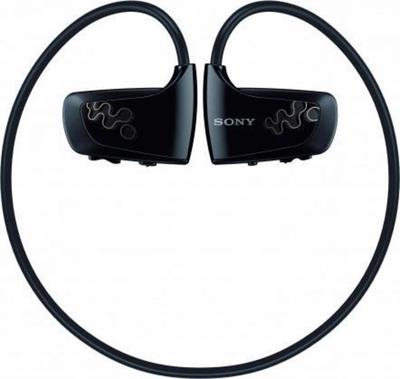 Sony
SonyNWZ-W262
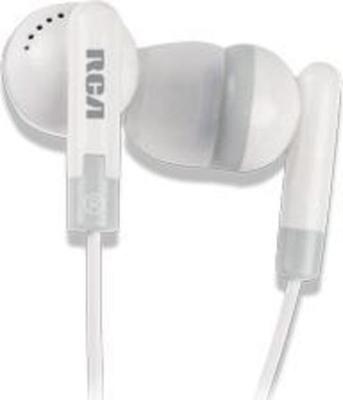 RCA
RCAHP60A
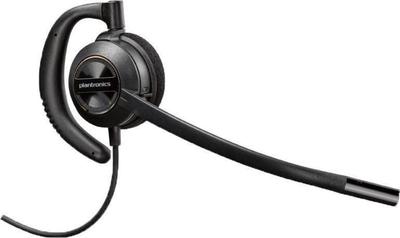 POLY
POLYEncorePro HW530
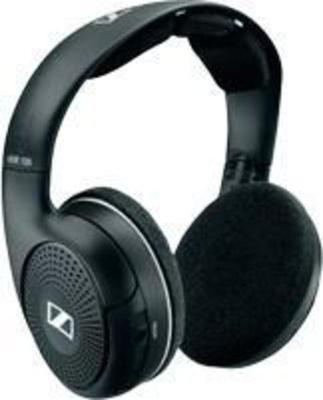 Sennheiser
SennheiserRS 120-8
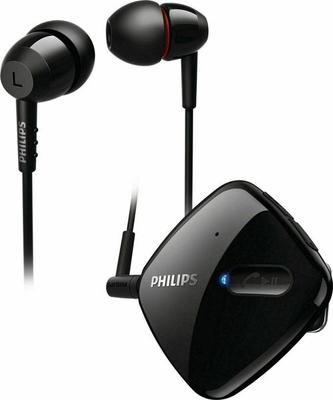 Philips
PhilipsSHB5000





![Shure SE846 Shure SE846 Earphones Are Actually Worth Your $1,000 [REVIEW]](https://img.productz.com/review_image/89491/preview_shure-se846-earphones-are-actually-worth-your-1-000-review-89491.jpg)

![Shure SE846 Sennheiser IE 800 and Shure SE846 headphones [dual review]: Epic battle of the tiny giants](https://img.productz.com/review_image/89489/preview_sennheiser-ie-800-and-shure-se846-headphones-dual-review-epic-battle-of-the-tiny-giants-89489.jpg)











